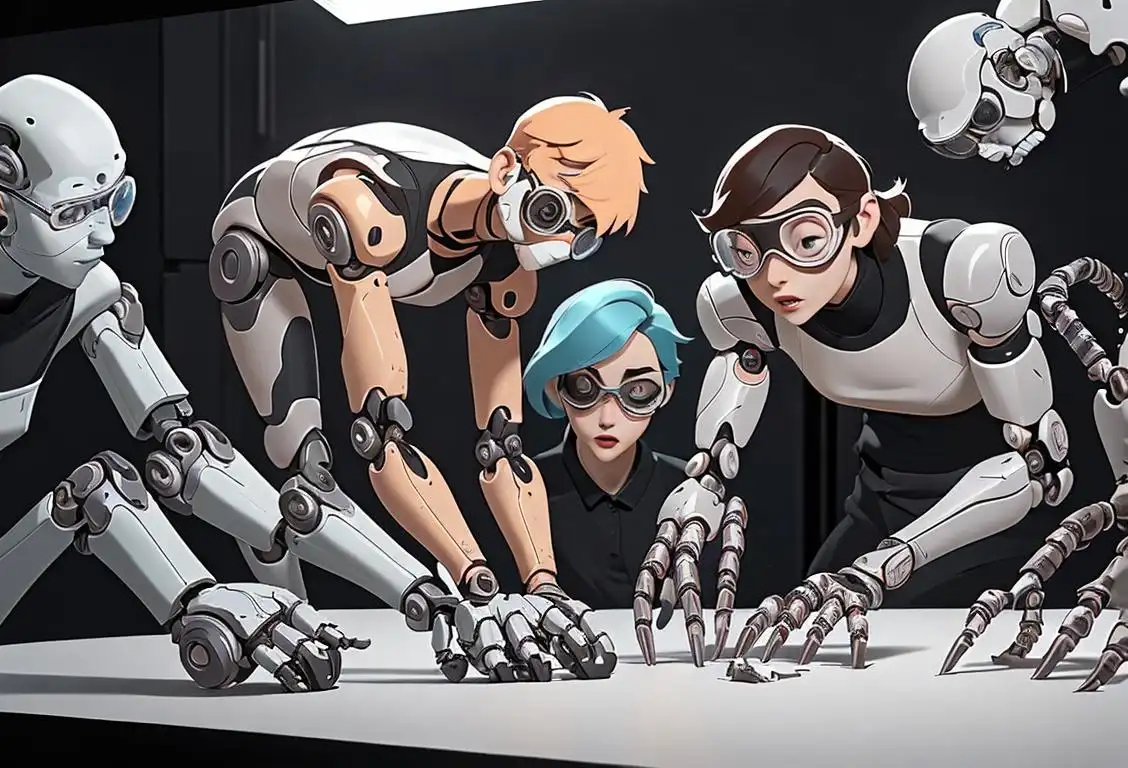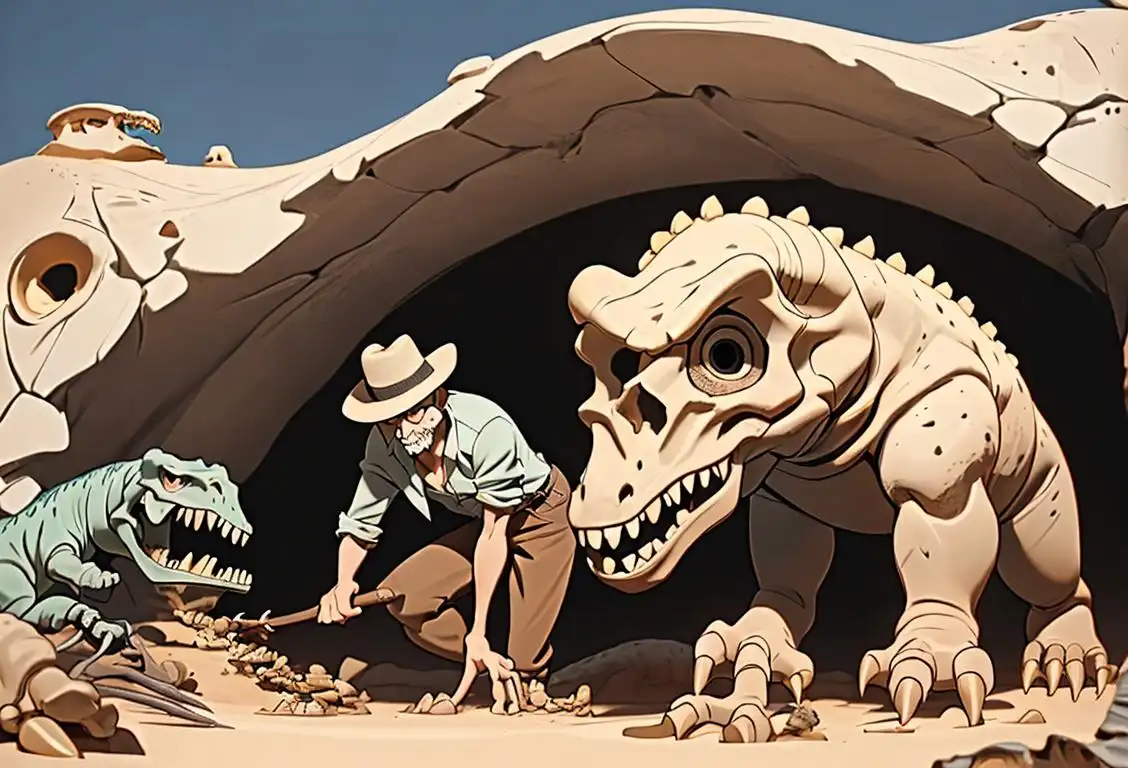National Biomechanics Day

Welcome to the wacky world of National Biomechanics Day! Get ready to delve into the realm of science, technology, and awkwardly trying to replicate the movements of animals. This national day is all about celebrating the fascinating field of biomechanics and the amazing ways in which it affects our lives.
When is Biomechanics Day?
It's national biomechanics day on the 11th April.
The Origins of National Biomechanics Day
Like many of the delightful national days we encounter, National Biomechanics Day originated in the depths of the internet. On April 11, 2018, the internet collectively decided to shine a spotlight on the wonders of biomechanics. With 1334 online mentions, it became evident that there was a genuine interest in understanding how our bodies and machines work.
Unraveling the Mechanics Behind Biomechanics
Biomechanics is the study of how living organisms move and the forces that enable their movements. It blends biology and engineering, bringing together the principles of physics, physiology, and mathematics to dissect the mechanics of various bodily systems.
From analyzing the intricacies of human movements to designing prosthetic limbs, biomechanics plays a crucial role in enhancing our understanding of the human body and improving our quality of life. It contributes to medical advancements, sports performance enhancement, and the development of cutting-edge technologies.
Embracing the Fun Side of Biomechanics
While the field of biomechanics may seem complex and serious, National Biomechanics Day aims to show off its playful side. Research institutions and organizations across the globe organize interactive events, workshops, and demonstrations to engage people of all ages in the captivating world of biomechanics.
Imagine getting a chance to explore what it feels like to move like an animal – minus any embarrassing TikTok videos. You might try walking like a gorilla, hopping like a kangaroo, or even flapping your arms like a chicken. National Biomechanics Day offers a unique opportunity to step out of your comfort zone and embark on an entertaining journey to better understand biomechanics.
Did You Know?
In the spirit of weird and wonderful biomechanics, did you know that the tongue is the strongest muscle in the human body? It's quite impressive how this small muscle can generate such incredible force, allowing us to taste, swallow, and even form words. So, the next time you're enjoying a tasty meal or singing along to your favorite tunes, take a moment to appreciate the remarkable strength of your trusty tongue!
History behind the term 'Biomechanics'
1890
The Birth of Biomechanics
The term 'biomechanics' was coined in 1890 by a German scientist named Julius Wolff. He introduced the concept of biomechanics as the study of how mechanical principles apply to living organisms, particularly in relation to the structure and function of the skeletal system.
1954
Emergence of Modern Biomechanics
In 1954, the field of biomechanics took a significant leap forward with the publication of a groundbreaking book titled 'Biomechanics: Mechanical Properties of Living Tissues' by Y.C. Fung. This book marked a shift towards a more quantitative and experimental approach to studying the mechanics of biological systems, laying the foundation for modern biomechanics.
1973
The Influence of Muybridge's Work
Eadweard Muybridge, an English-American photographer, made significant contributions to the field of biomechanics in 1878 with his groundbreaking photographic studies of human and animal locomotion. His work provided valuable insights into the biomechanical principles underlying movement and helped shape the early development of biomechanics as a scientific discipline.
1990
Advancements in Biomechanical Research
The 1990s saw a rapid expansion of biomechanical research, driven by advancements in technology and computational modeling. Techniques such as motion capture, force plate analysis, and finite element analysis revolutionized the study of biomechanics, allowing researchers to gain increased understanding of human movement and its interaction with the environment.
Present
Applications in Various Fields
In the present day, biomechanics has found applications in a wide range of fields, including sports science, medicine, physical therapy, ergonomics, and robotics. It plays a crucial role in enhancing athletic performance, designing prosthetics, preventing injuries, and improving the overall understanding of human movement and physiology.
Did you know?
Did you know that the tongue is the strongest muscle in the human body?Tagged
education technology science biologyFirst identified
5th April 2016Most mentioned on
11th April 2018Total mentions
1334Other days
Biomechanics Day
Stem Day
Space Centre Day
Lab Open House Day
Science Day
Learn To Code Day
Virus Appreciation Day
Fossil Day
Periodic Table Day
Dna Day








